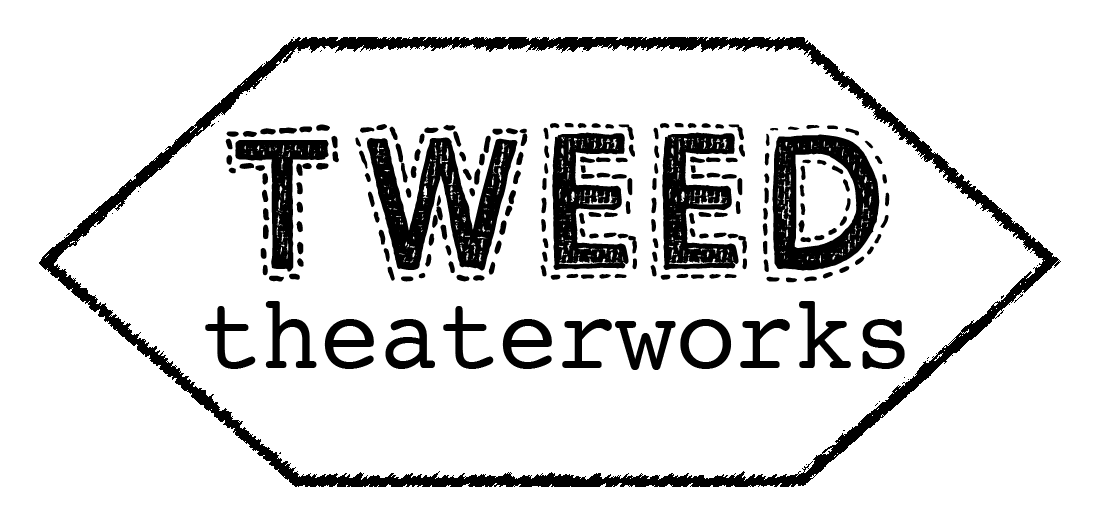The LISA GILLETTE TWEED ARCHIVE is a new project dedicated to the organization of the TWEED TheaterWorks collection. In 2013, with a generous grant from former TWEED featured artist and modern dancer Lisa Gillette, the process of archiving the entire TWEED office and library began. Included in the collection are thousands of photographic images, original artworks, production artifacts, posters, press clippings, and most importantly over 500 hours of documentation of live performance drawn from VHS, BETA, Hi-8 tape, mini-DVs and DVDs.
The collection, which has been carefully preserved, is an overview of TWEED’s activity for three decades: the early 80s East Village club work, the ensuing years of theatrical productions including all of the TWEED New Works Festival productions (ten years), the complete TWEED Lypsinka productions, and most of TWEED’s Music Series and Fractured Classicks Series. The collection is being transferred to digital media, backed up twice on RAID hard driveS, converted for editing, and preserved in cloud storage.
We are currently seeking an established archive library to take the entire collection, which includes the original masters of videos and DVDs as well as the complete files, notes, financial documents, photographs, slides and original press on all the productions, as well as the organization’s papers which have all been saved— down to the deposit slips. Also included are many items and memorabilia that ended up in the office over the past thirty-five years that document downtown NYC performance and art during and just prior to TWEED’s inception. This includes flyers and programs from other shows, press and media kits on artists from the era, and an original poster from every Wigstock Festival.
What the collection uniquely represents is a small arts organization that, with spectacularly limited financial resources, managed to survive for thirty-five years and to produce work that broke gender boundaries, brought unknown, talented young artists to the forefront, provided a platform for emerging artists neglected by larger institutions, and, during the AIDS crisis, entertained those fighting and surviving the plague that decimated a generation of artists. Around 1995, at the height of the epidemic, the work focused exclusively on comic productions that became a sort of USO for the gay community. Renowned photographer John Dugdale commented that during his bleakest hours, going to see a TWEED Fractured Classick boosted his T-cells more than any drug his doctors could prescribe. Because of the notoriety of the work from this period and the fact that there were often “men in dresses,” TWEED is often regarded as a “drag” or “camp” company. Although a good deal of TWEED’s oeuvre proudly contains these elements, the overall collection includes a wide variety of work that exceeds the limitations of such labeling, and is dedicated more broadly to producing innovative and unusual experimental live performance.



